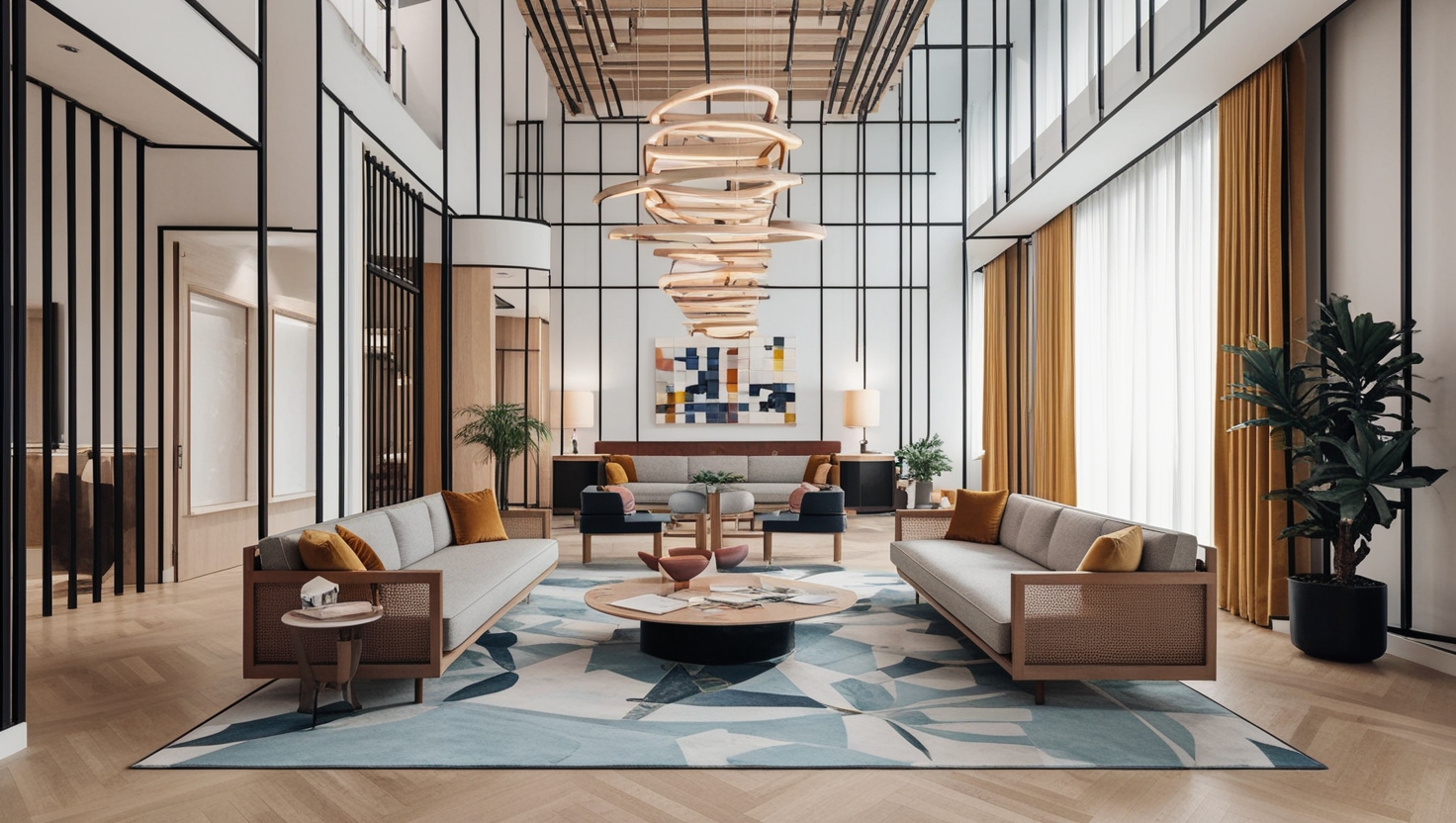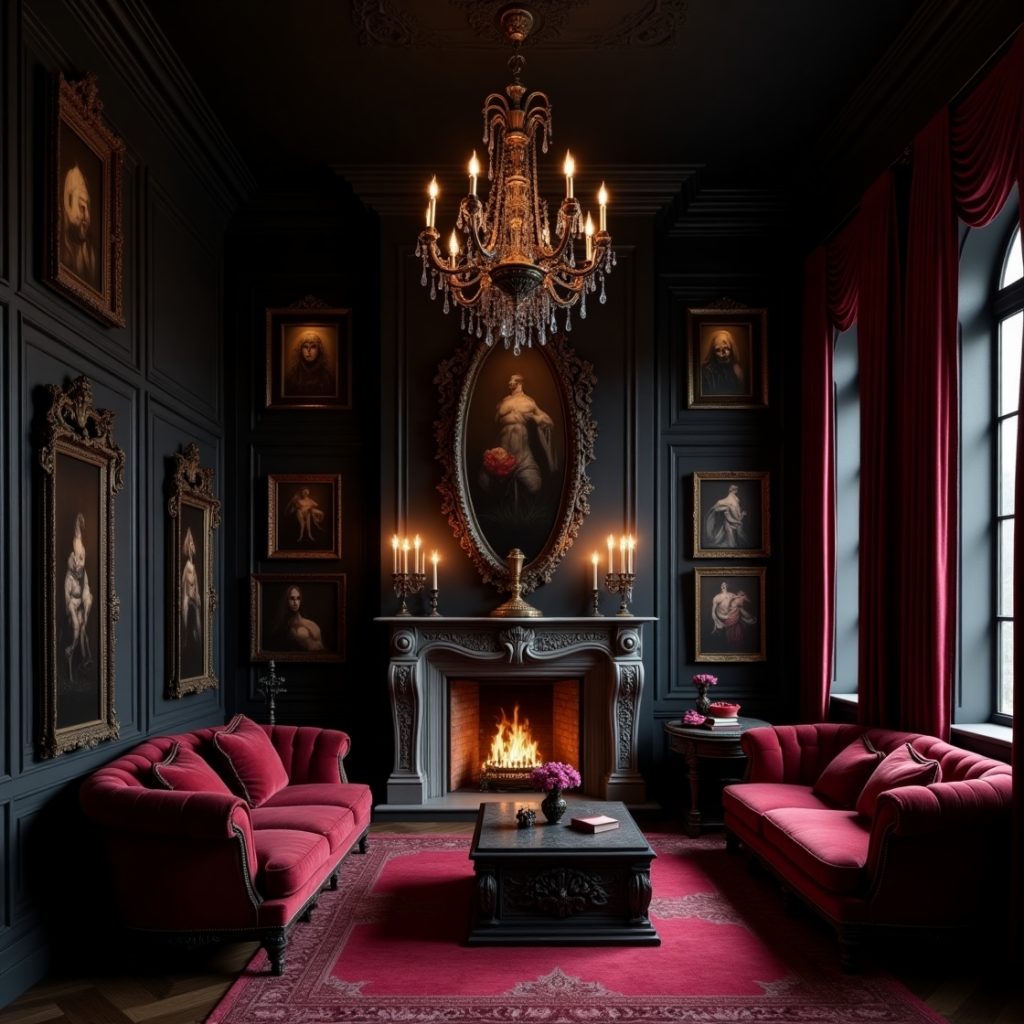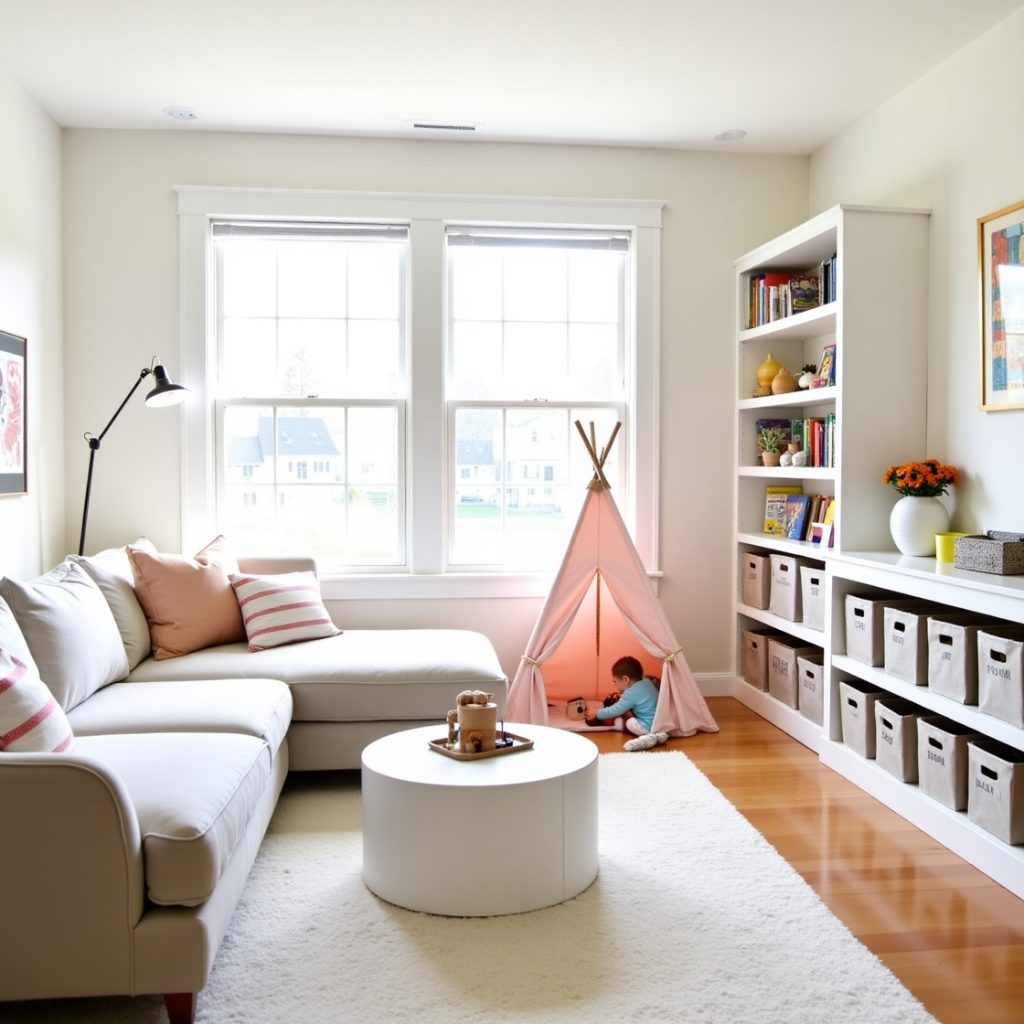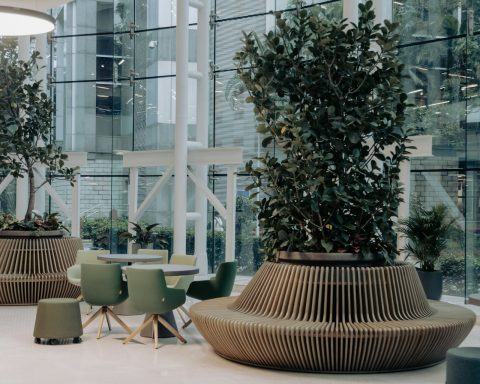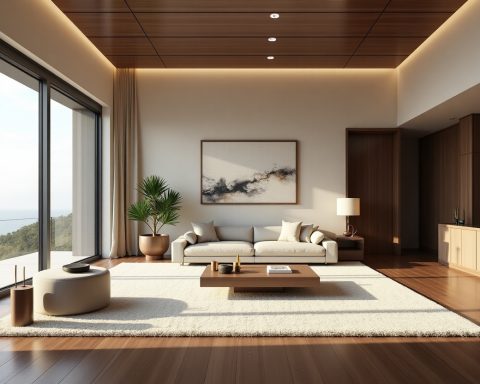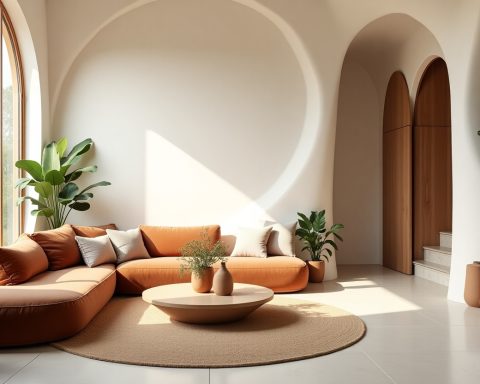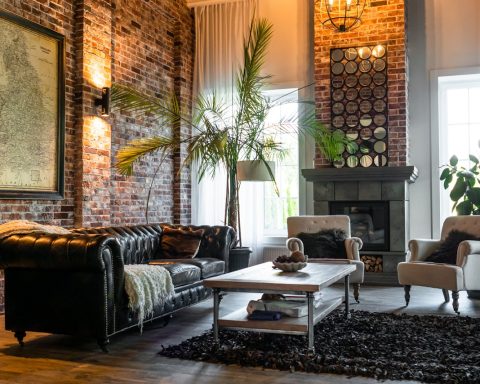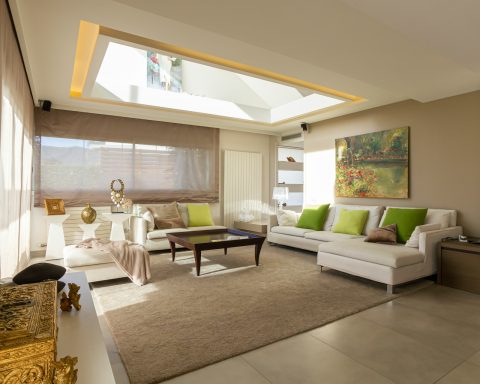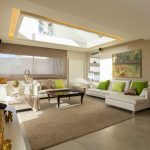Interior architecture is more than arranging furniture or choosing paint colors—it is the fusion of spatial art and utilitarian design, where beauty meets purpose. The discipline transcends traditional interior design by integrating aesthetic expression with structural ingenuity, creating environments that inspire, perform, and endure. In this article, we explore how interior architecture bridges art and function, and why it’s the cornerstone of any innovative, livable, and expressive built environment.
Understanding Interior Architecture: A Convergence of Disciplines
At its core, interior architecture merges principles from architecture, interior design, environmental psychology, and fine art. It involves structural alterations and spatial planning while enhancing the aesthetic and functional qualities of interior environments.
Unlike basic interior decoration, which deals with surface-level beauty, interior architecture delves into load-bearing structures, materials, acoustics, lighting design, and how all these elements work cohesively to serve human experience.
The Artistic Vision: Design as an Expressive Medium
Interior architecture is a form of visual storytelling. Every spatial layout, curve, texture, and lighting fixture contributes to an emotional narrative. We consider interiors as blank canvases on which we project lifestyle, culture, history, and innovation.
Some ways interior architecture achieves artistic depth include:
- Material contrast and harmony: Combining wood, glass, concrete, and textiles to invoke emotion.
- Spatial rhythm and movement: Using form and layout to guide the eye and direct physical motion.
- Symbolism and thematic design: Embedding cultural and philosophical motifs that resonate with users.
Whether it’s the serenity of a minimalist Japanese tea room or the grandeur of a neo-classical hotel lobby, artistry in interior architecture aims to provoke feeling while ensuring every element has a practical purpose.
Functionality Rooted in Human-Centered Design
Interior architecture thrives on usability. Spaces are not created for admiration alone—they must also perform efficiently. We approach each project by studying user behavior, evaluating natural light paths, acoustic needs, traffic flow, and ergonomics.
Here’s how we embed function into form:
- Zoning and circulation planning: Dividing space into clear functional areas to optimize movement and activity.
- Sustainable material use: Incorporating environmentally conscious choices that also support health and comfort.
- Smart systems integration: Concealing HVAC systems, lighting controls, and security technologies seamlessly into the design.
The aim is to enhance the user experience while preserving the integrity of the artistic vision. No corner is wasted; no element is arbitrary.
Sustainable and Adaptive Design Principles
Modern interior architecture is deeply aligned with sustainability and adaptive reuse. By repurposing historical buildings or renovating existing structures, we preserve architectural heritage while introducing 21st-century functionality.
Key sustainable practices include:
- Daylighting and passive ventilation to reduce energy consumption.
- Locally sourced, non-toxic materials that support regional economies and promote health.
- Modular and flexible spaces that adapt to changing user needs without requiring demolition.
These practices honor both environmental ethics and design excellence, showing how function and beauty can coexist harmoniously.
Technology: Enhancing Design Precision and Spatial Intelligenc
The digital era has revolutionized interior architecture. Tools like BIM (Building Information Modeling), 3D rendering, and augmented reality enable us to design with unprecedented precision and client collaboration.
Technological advancements allow:
- Visualization of complex spatial relationships before construction begins.
- Simulation of natural light behavior throughout the day and across seasons.
- Customization of furniture and fittings via 3D printing or CNC fabrication.
Technology bridges the gap between abstract ideas and real-world applications, reinforcing the synergy between conceptual art and engineering logic.
Cultural Context and Emotional Resonance
Function and art cannot exist in a vacuum. Interior architecture reflects cultural nuances, local traditions, and emotional resonance. A successful space is not just aesthetically pleasing and operationally effective—it also feels authentic.
Examples include:
- Biophilic design in Nordic interiors that mirrors the serenity of nature.
- Color psychology used in healthcare spaces to foster healing.
- Locally inspired craftsmanship, such as Moroccan tilework or Scandinavian joinery, embedded within modern frameworks.
By honoring culture and invoking emotion, interior architecture transforms static spaces into living experiences.
Case Studies: Spaces That Exemplify the Balance of Art and Function
The Louvre Abu Dhabi
Jean Nouvel’s masterpiece fuses Islamic architectural vocabulary with cutting-edge engineering. The dome, a lattice of stars, provides shade and filters sunlight—aesthetic brilliance and climate function in perfect harmony.
Apple Park Campus
Designed by Foster + Partners, Apple’s headquarters showcases circular fluidity. Every corridor, workspace, and garden is engineered for collaboration and movement, without sacrificing the brand’s sleek design ethos.
The Salk Institute
Louis Kahn’s iconic structure blurs the lines between laboratory and sanctuary. The central courtyard, flanked by minimalist concrete forms, is both a spiritual pause and a functional hub.
These spaces illustrate how interior architecture can elevate daily life into an immersive experience.
The Future of Interior Architecture: Interdisciplinary and Intelligent
As design challenges grow in complexity, interior architecture is evolving into a more interdisciplinary practice. Merging insights from neuroscience, AI, climate science, and sociology, future interiors will be:
- Responsive: Adapting lighting, acoustics, and ambiance based on user preference.
- Inclusive: Designed with universal access and neurodiversity in mind.
- Modular: Built for reconfiguration to meet shifting societal and spatial needs.
The future is not just smart—it’s intelligent by design, offering both artistic enrichment and functional sophistication.
Conclusion: A Delicate Dance Between Purpose and Beauty
Interior architecture is the ultimate fusion of art and function. Every space designed through this lens becomes a statement of intention—crafted not only to serve but to inspire. By blending structural expertise, creative intuition, and user-centered thinking, we create interiors that are as emotionally moving as they are efficiently working.
